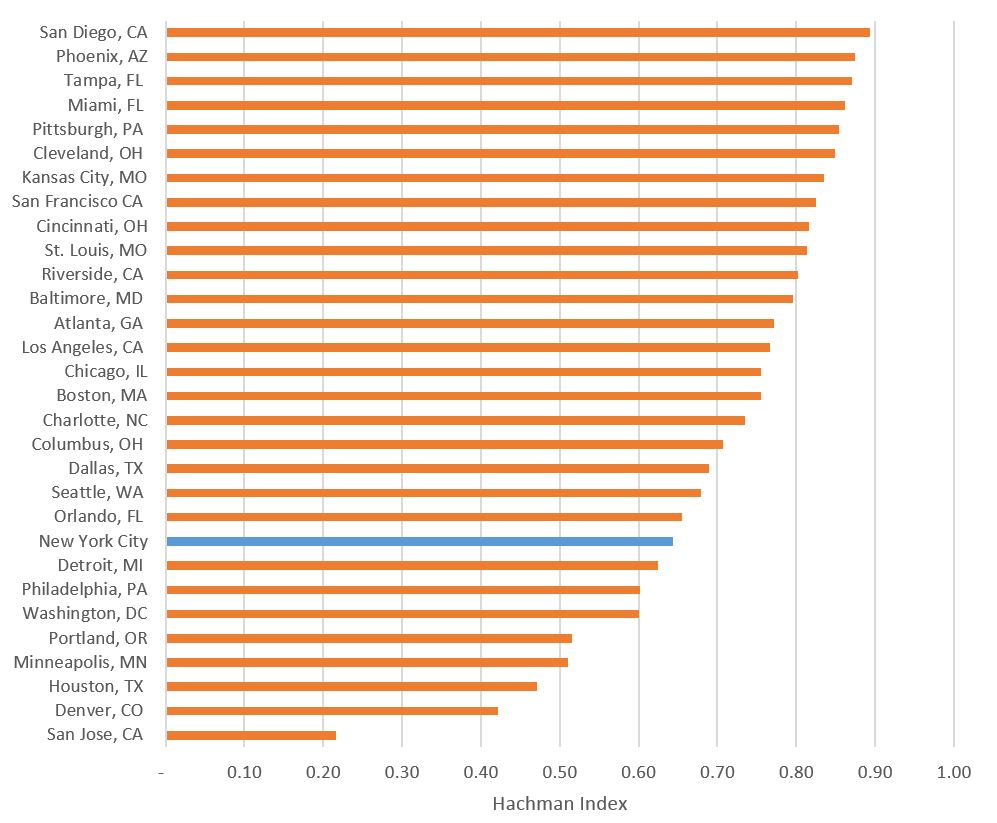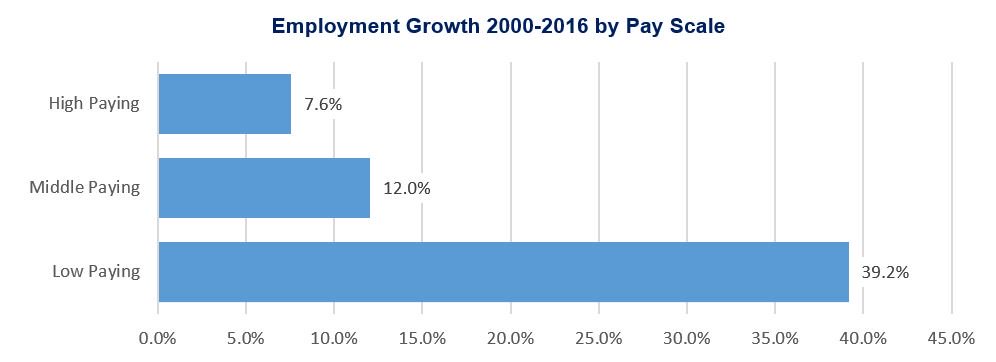Joon H. Kim, the Acting United States Attorney for the Southern District of New York, and John P. Cronan, the Acting Assistant Attorney General of the Criminal Division of the U.S. Department of Justice, announced that COLIN STEVEN pled guilty to Foreign Corrupt Practices Act, wire fraud, money laundering, and false statement charges arising from his role in paying bribes to a foreign official in exchange for assistance in obtaining business for STEVEN’s employer, Embraer S.A. (“Embraer”). STEVEN, a former executive in Embraer’s Executive Jets Division, arranged for Embraer to pay over $1.5 million in bribes to an official at the state-owned and state-controlled national oil company of Saudi Arabia (the “Saudi Arabia Company”), and ultimately received a kickback from a portion of the bribe proceeds. STEVEN pled guilty today before U.S. District Judge Alison J. Nathan.
According to the allegations contained in the Information to which STEVEN pled guilty, and statements made during the plea and other court proceedings:
Embraer, an aircraft manufacturer based in Brazil, has operations and subsidiaries in various locations around the world, including the United States and the Middle East. Embraer manufactures commercial, executive, and defense aircraft for governmental and private customers throughout the world. STEVEN, a British national, was an executive responsible for overseeing the generation of sales for a particular Embraer division in regions that included the Middle East.
In approximately 2006, STEVEN learned that the Saudi Arabia Company was interested in purchasing aircraft, and for a period of three years after that STEVEN and a salesperson who reported to him had occasional contact with employees of the Saudi Arabia Company to discuss the potential sale of three Embraer jets. In late 2009, STEVEN met with an official of the Saudi Arabia Company (the “Saudi Arabia Official”) in London, England. The Saudi Arabia Official offered to help Embraer win the aircraft contract from the Saudi Arabia Company, and to ensure that the Saudi Arabia Company would buy new – not used – jets from Embraer, in exchange for a payment. STEVEN agreed to cause Embraer to pay the Saudi Arabia Official $550,000 per aircraft, for a total bribe amount of $1.65 million.
In late 2009 and early 2010, STEVEN developed a plan to use a company based in South Africa (the “South Africa Company”) as a purported agent on the transaction, which would result in Embraer paying the South Africa Company $1.65 million in “finders fees,” when in fact the South African Company would perform no work on the transaction and would be used to facilitate and to disguise the payment to the Saudi Arabia Official.
In early 2010, on the Saudi Arabia Official’s recommendation, a committee at the Saudi Arabia Company approved the purchase of three new aircraft from Embraer for $93 million. A subsidiary of Embraer also entered into an agreement with the South Africa Company, pursuant to which the South Africa Company would purportedly promote the sale of Embraer aircraft to a subsidiary of the Saudi Arabia Company. In reality, the South Africa Company provided no services to Embraer other than serving as a conduit to funnel payments to the Saudi Arabia Official. An Embraer subsidiary subsequently wired $1.65 million to the South Africa Company, in December 2010 and February 2011. Between February 2011 and April 2011, the South Africa Company wired approximately $1.4 million to bank accounts in Switzerland and Bahrain held by an individual who was acting as an intermediary for the Saudi Arabia Official.
STEVEN also developed a plan to take a portion of the bribe proceeds as a kickback, and ultimately received approximately $130,000 in wire transfers from the South Africa Company in October and December 2011.
STEVEN was later interviewed by an agent of the Federal Bureau of Investigation in December 2014, and falsely stated that a wire transfer he received from the South Africa Company in 2011 was for the purpose of buying real estate in connection with a potential business venture between STEVEN and an executive of the South Africa Company.
The guilty plea entered today follows the execution in October 2016 of a deferred prosecution agreement between the Department of Justice and Embraer, under which Embraer agreed to pay a $107 million penalty as part of a $205 million global resolution to investigations by the Department, the Securities & Exchange Commission, and Brazilian authorities related to corrupt conduct in several countries, including Saudi Arabia. The agreement acknowledged Embraer’s cooperation with the investigations.
STEVEN, 61, resides in Dubai, United Arab Emirates. A chart listing the maximum sentences relating to the charges in the Information is below. As part of his plea agreement, STEVEN is also required to pay forfeiture and restitution. The maximum potential sentences are prescribed by Congress and are provided here for informational purposes only, as any sentencing of the defendant will be determined by the judge. STEVEN is scheduled to be sentenced by Judge Nathan on June 21, 2018.
The FBI’s International Corruption Squads, based in Miami, Florida, and Los Angeles, California, investigated the case. The Criminal Division’s Office of International Affairs provided significant assistance in this matter. The Office also appreciates the cooperation and assistance provided by authorities in Brazil, the Dominican Republic, South Africa and Switzerland in this matter.
| Count | Charge | Maximum sentence | |
| One | Conspiracy to violate the Foreign Corrupt Practices Act (“FCPA”), 18 U.S.C. § 371 | Five years in prison | |
| Two | Violation of the FCPA, 15 U.S.C. §§ 78dd-1 and 78ff(c)(2)(A), and 18 U.S.C. § 2 | Five years in prison | |
| Three | Conspiracy to commit wire fraud, 18 U.S.C. § 1349 | 20 years in prison | |
| Four | Wire fraud, 18 U.S.C. §§ 1343 and 2 | 20 years in prison | |
| Five | Conspiracy to commit money laundering, 18 U.S.C. § 1956(h) | 20 years in prison | |
| Six | Money laundering, 18 U.S.C. §§ 1956(a)(2)(A) and 2 | 20 years in prison | |
| Seven | False statements, 18 U.S.C. § 1001 | Five years in prison |



